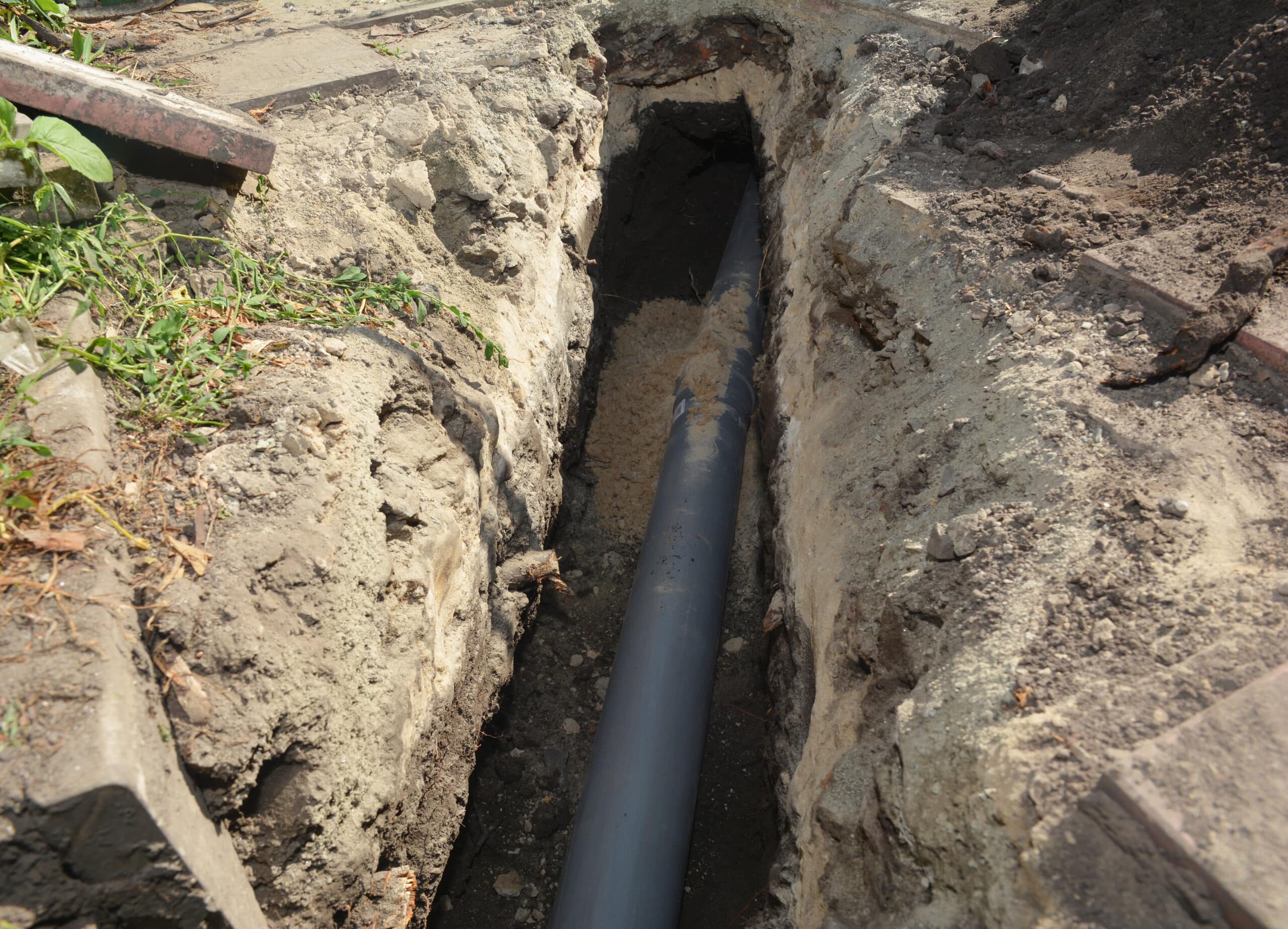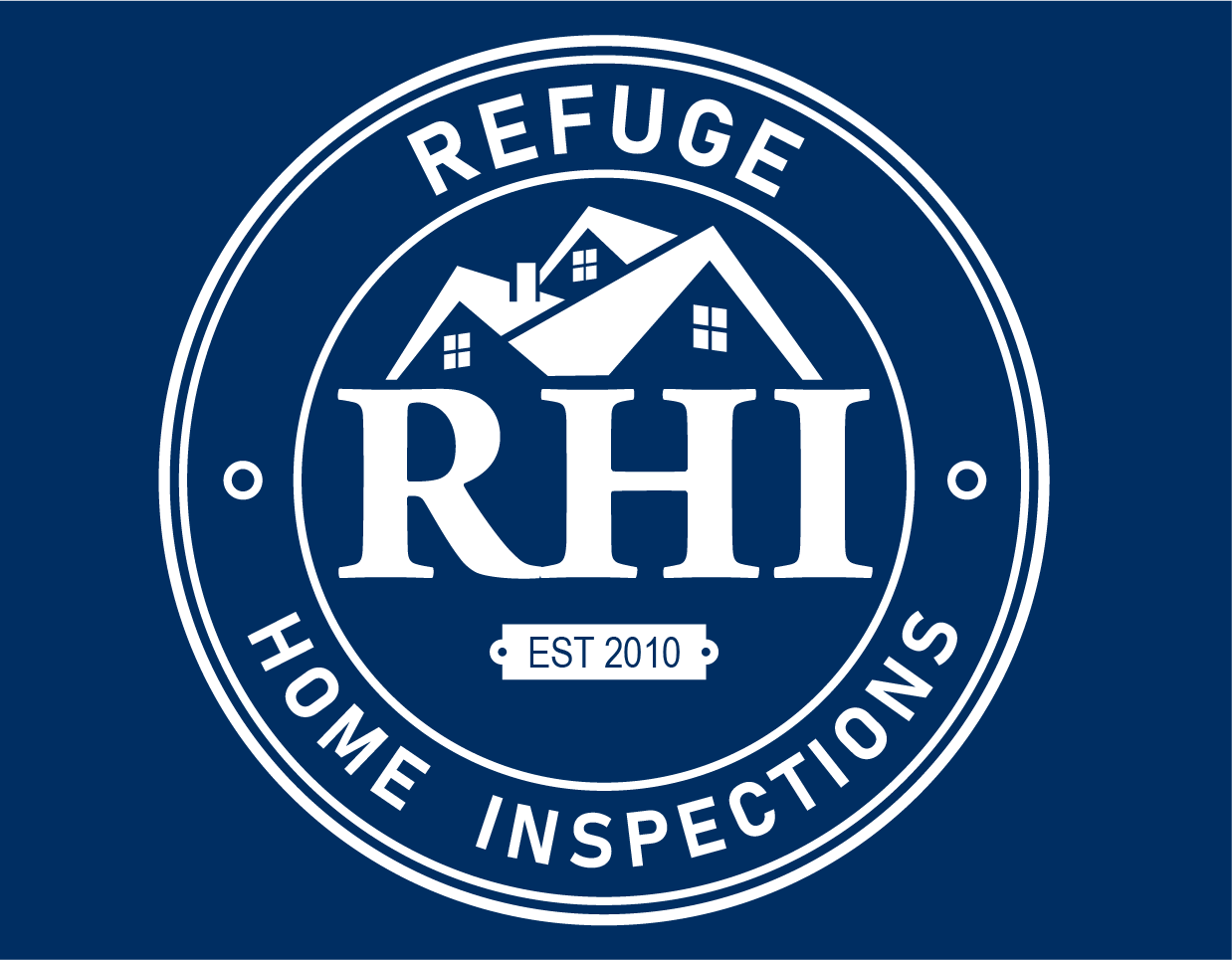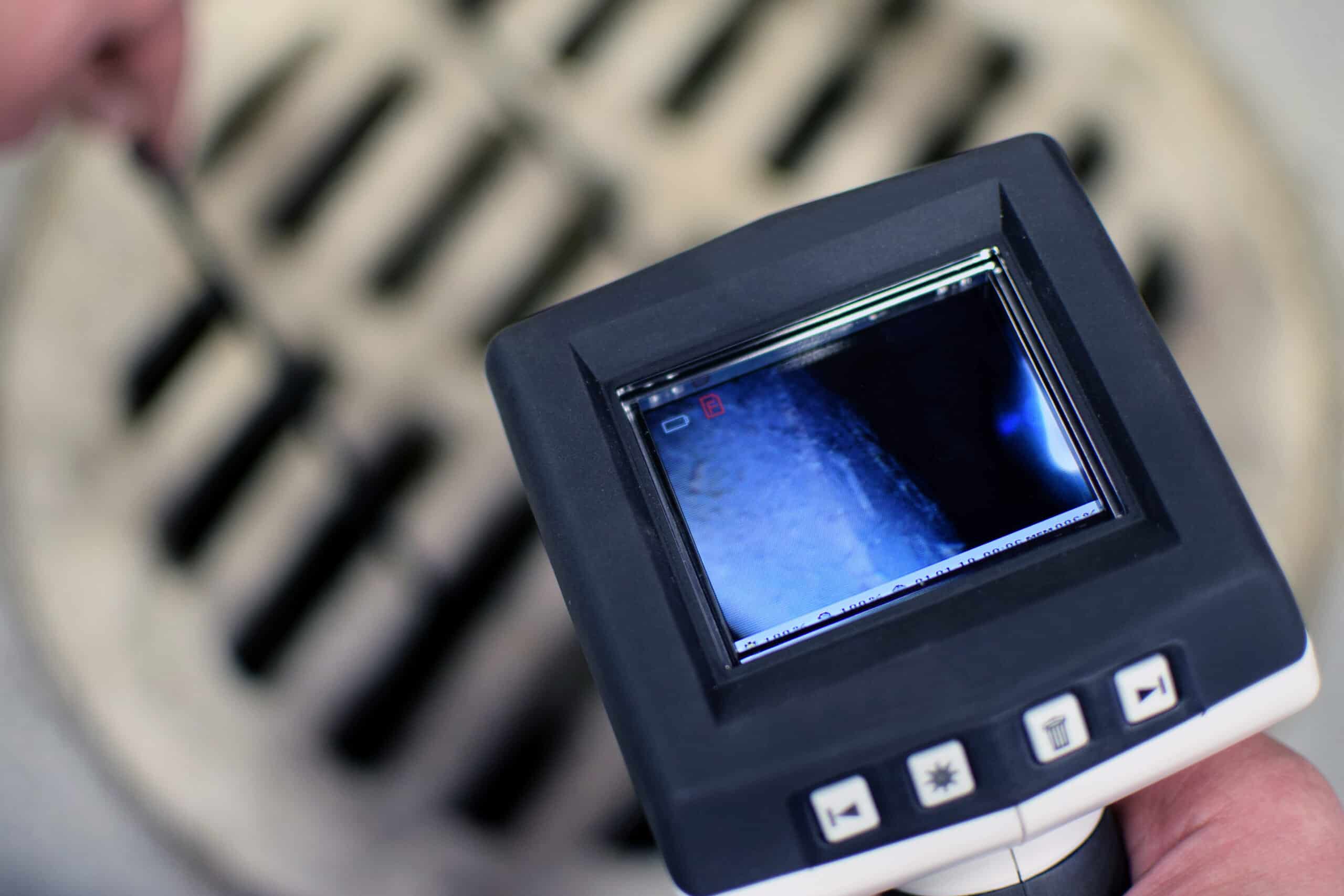
What is a sewer scope inspection?
A sewer scope inspection is an inspection of the sewer lateral from the home to the city sewer. This inspection is done with a camera on a rod with a video screen on the other end. This allows the inspector to physically see inside the pipes. The video footage is embedded in a report along with the inspection findings. Some inspection companies have the ability to measure distance and mark the exact locations of the issues as they are found.
Why is a sewer scope necessary?
In a standard home inspection, the inspector is not responsible for inspecting the sewer lateral. This leaves a portion of your plumbing unchecked, causing a big unknown with your overall sewer system. The homeowner is responsible for the sewer lateral if an issue ever arises. In most cases, the cost of repairs ranges between $3,000 to $5,000. If a full replacement is warranted, the costs range from $5,000 to $15,000. Getting a sewer scope inspected with your inspection can help save your time, money, and headaches in the future.
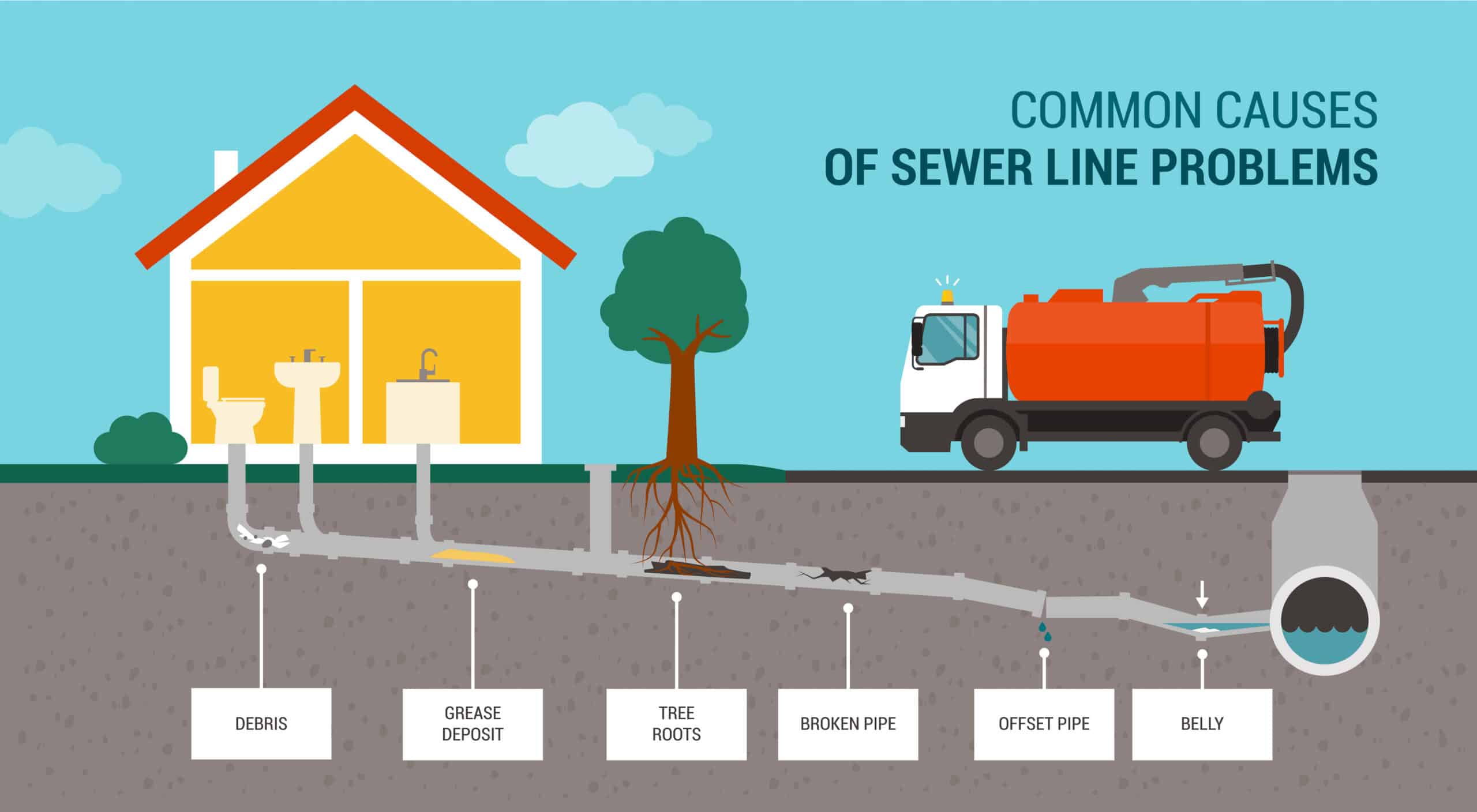
What can a sewer scope inspection find?
When performing a sewer scope, there are several things our inspectors assess.
Roots
Searcher roots are the most invasive thing found in a sewer system. These roots are looking for a water source and will find any gap, no matter the size. If you have roots in your line, another issue needs to be addressed.
Cracks or Breaks
Plumbing that has been stressed by something natural like a tree or natural disaster could cause cracks or breaks. This will become a spot where the sewer can seep into the ground or allow roots to enter.
Bellies
These are areas in the pipe that are low points. Ever heard the phrase “shit runs downhill”? Well, it can’t if you have a belly. This area will slow the waste down and could potentially cause a clog. If it’s a minor belly, odds are you would never notice. If the offset is larger, it will be more problematic.
Off Sets
An offset is when you have pipe ends that have pulled apart and now have a lip between them. Like a crack or a break, this is an area where sewage will seep out of the pipes and where roots can enter.
Scaling
Scaling can occur in cast iron plumbing. This is where the inside of the pipe starts to rust through and break apart. Think of it like stalactites and stalagmites in a cave. These sharp areas in nooks and crannies are where debris can get caught and cause a clog.
Improper Material
Over the years, several attempts have been made to produce a more economical way to run a lateral line to the city sewer. The types typically found are cast iron, clay tile, PVC (white or green plastic), and ABS (black plastic). One you may never want to hear of is called Orangeburg sewer pipe. This type of pipe is rarely seen in good condition. This type of pipe is made out of wood fibers that were glued together with a waterproof adhesive and then impregnated with tar. This type of pipe typically needs a full replacement.
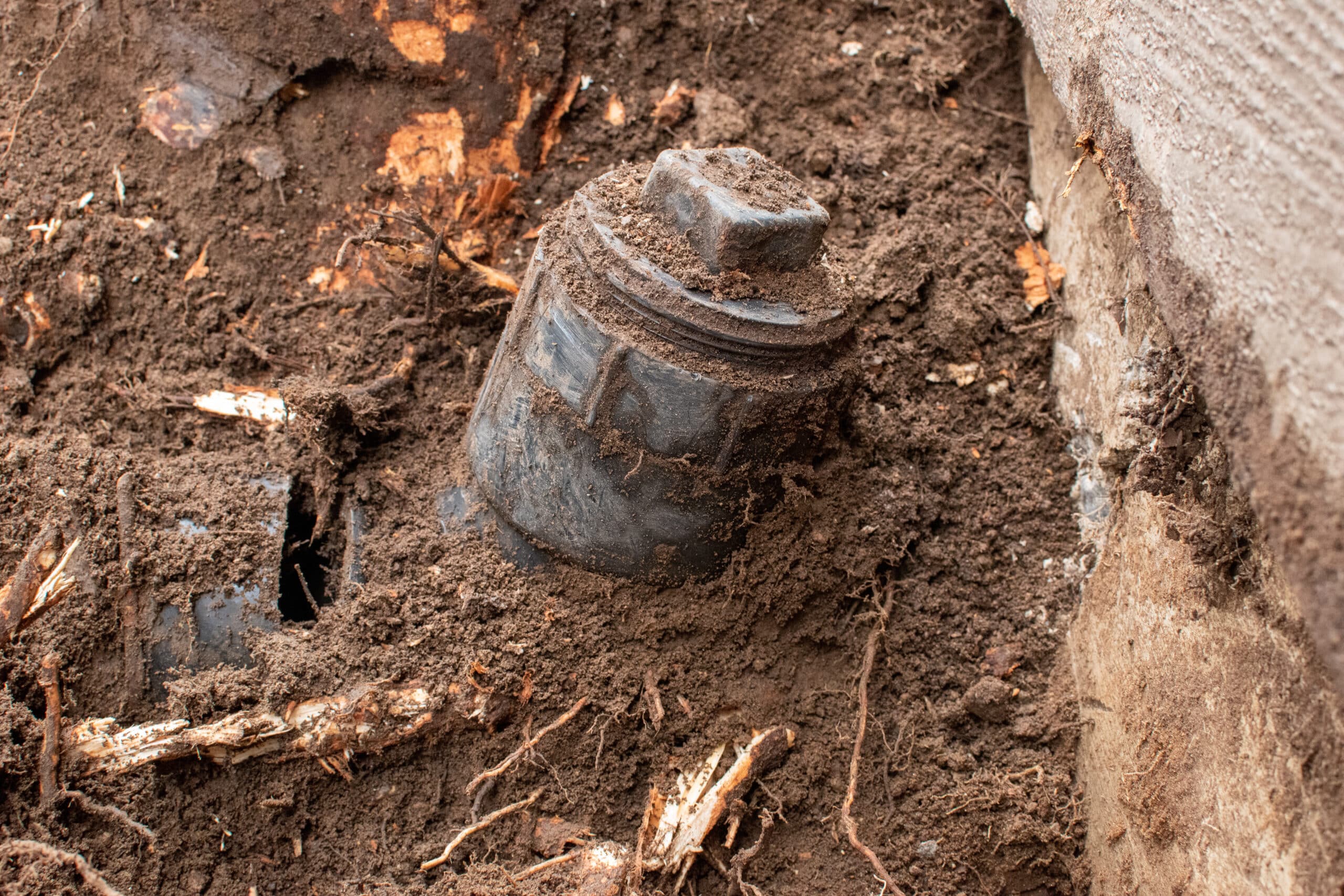
When do I need a sewer scope inspection?
Slow Drains
If all the drains in your home are draining slowly, this is a typical sign that something outside of the home is keeping the water from draining properly.
Gurgling Pipes
Pipes that make a gurgling sound can be stopped up with debris or not venting properly.
Older Plumbing with Newer Clean Outs
If you have older plumbing in the home, such as cast iron, and the yard has a PVC cleanout, this is a sign that someone has been in the system to do repairs or to clean out roots. If roots were just cleared out, they will be back.
Large Trees in the Yard
Larger trees will put pressure on your system and once the line has a break it will have to be replaced.
What repairs can be completed?
When issues are found during a sewer scope, there are several repairs that can be done to create a functioning system.
Scaling
If an inspector calls out scaling on cast iron plumbing, the line can be jetted. Jetting is when a plumber uses a very high-pressure washer down the lateral to literally spray off the scale. Once this is complete the line should be smooth once again.
Roots
When roots are found, a plumber can come out and clear the lateral. A cutting head is put on a machine and the roots are cut away. The only problem with this “repair” is it is not a fix to your overall problem. The roots will grow back, and the system will have to be cleared again. The only fix for roots is to repair or replace the areas that have the break in the sewer lateral.
Bellies
Bellies are typically cause by improper back filling of the pipes or the pipe being ran over by a vehicle or construction equipment. If the belly is big enough and its causing draining issues, that area can be dug back up and the low spot (belly) in the line can be raised to allow for proper drainage. If the belly is in an area that is not accessible, a new line will need to be installed.
Sewer scope inspections are very beneficial because it allows you to get a full picture of the sewer system in the home or business you would like to purchase. If issues are found, they could be costly, but repairs can be made. Understanding the full picture before making a purchase helps you make more informed decisions.
